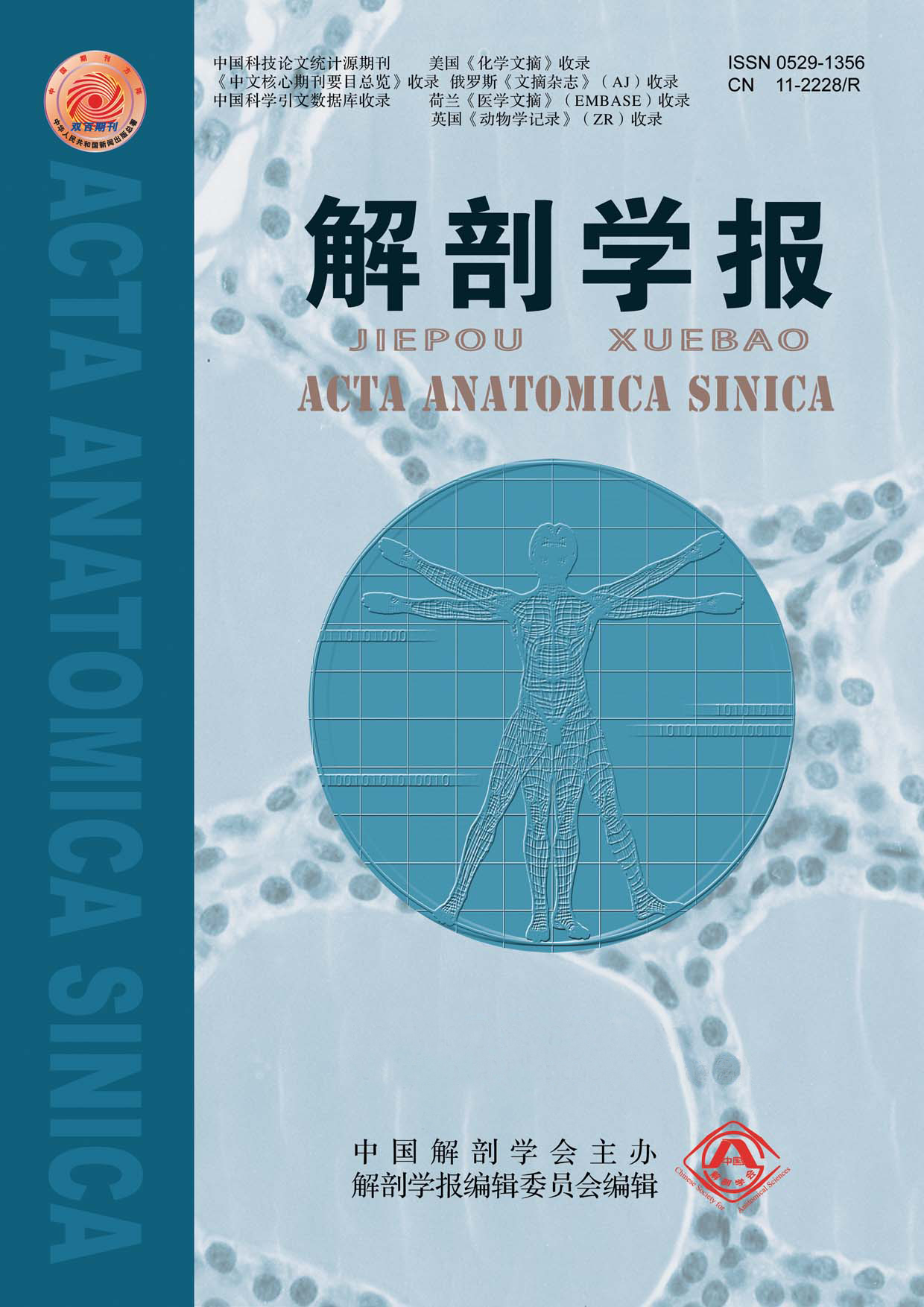Objective To observe the influence of Astragalus polysaccharide (APS) combined with cis-dichlorodiaimineplatinumⅡ dichloridle (DDP) on pulmonary metastasis,the expression of nuclear factor(NF)-κB, P38, P53 and Caspase-9in Lewis lung cancer tissue of mice. Methods Ninety mice with Lewis lung cancer were randomly divided into model group, DDP group(6mg/kg DDP), APS group(50, 100, 200)mg/kg, combination group[1/2 DDP+APS, means: (3+25, 3+50, 3+100)mg/kg]. All groups were treated on day after the day of model establishment, DDP 1/week, for 20 weeks. The number of the metastasis was observed. The expression of NF-κB, P38, P65 mRNA and protein were detected by Real-time PCR and Western blotting, respectively.Caspase-9 was tested by immunohistochemistry. Results Compared with control subgroups, tumor bearing subgroups, DDP, APS and DDP combined with APS, significantly reduced the number of pulmonary metastasis(P<0.05 orP<0.01). Besides P38, the medium and high dose group of the APS reduced the expression of NF-κB and P53 in Lewis lung cancer tissues of mice. However, the expression of Caspase- 9 was upregulated. Effect of combination in high dose group was close to DDP group. Conclusion APS and APS combined with DDP can inhibit the number of pulmonary metastasis,and the activation of signal transduction pathway of NF-κB and mitogen-activated protein kinase(MAPK), which may be one of the mechanisms of anti-cancer and anti-metastasis. The APS and APS combined with 1/2 DDP increase the effect of anti-cancer and anti-metastasis, indicating that APS has efficacy enhancing and toxicity reducing of DDP.


